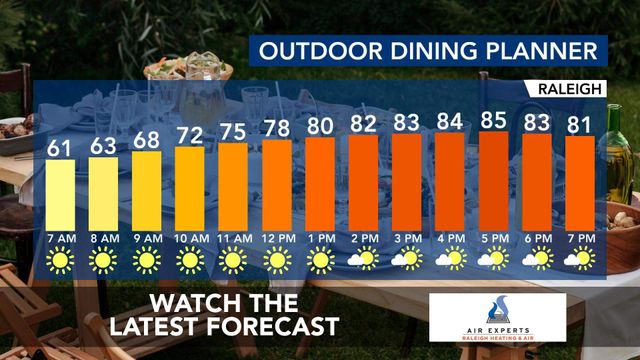$1,400 stimulus checks arrive in bank accounts. Here's how to check the status of your payment

Relief money promised under the American Rescue Plan will hit the bank accounts of many Americans Wednesday — the first official payment date — though some financial institutions chose to make the cash available to people even before it arrived from the government.
CALCULATE YOUR STIMULUS PAYMENT
Disclaimer: This calculator is based on the latest version of the COVID-relief package and is subject to change. All figures provided are estimates, and any inputs are not stored.
Use details from your 2019 or, if you have already filed it, your 2020 tax return.
Not everyone eligible to receive a payment will get one Wednesday, though. Additional rounds of payments will be made in the coming weeks, including for people who will receive theirs by mail as a check or debit card. You can check the status of your payment with the Internal Revenue Service’s Get My Payment tool.
Track the status of your stimulus check
Payments top out at $1,400 per person, including children and adult dependents. To qualify for the full $1,400, a single person must have an adjusted gross income of $75,000 or below. For heads of household, adjusted gross income must be $112,500 or less, and for married couples filing jointly, that number has to be $150,000 or below. Partial payments are available to people who earn more, but the amounts are lower.
The payments are calculated using the most recent information on file with the IRS, which could be a 2019 tax return for those who haven’t yet filed for 2020.
For those newly eligible for a payment based on their 2020 income but who haven’t yet filed a tax return, the law allows the Treasury Department to continue payments until September. Those who don’t get a payment during that period can claim what they are owed when filing their 2021 taxes.









